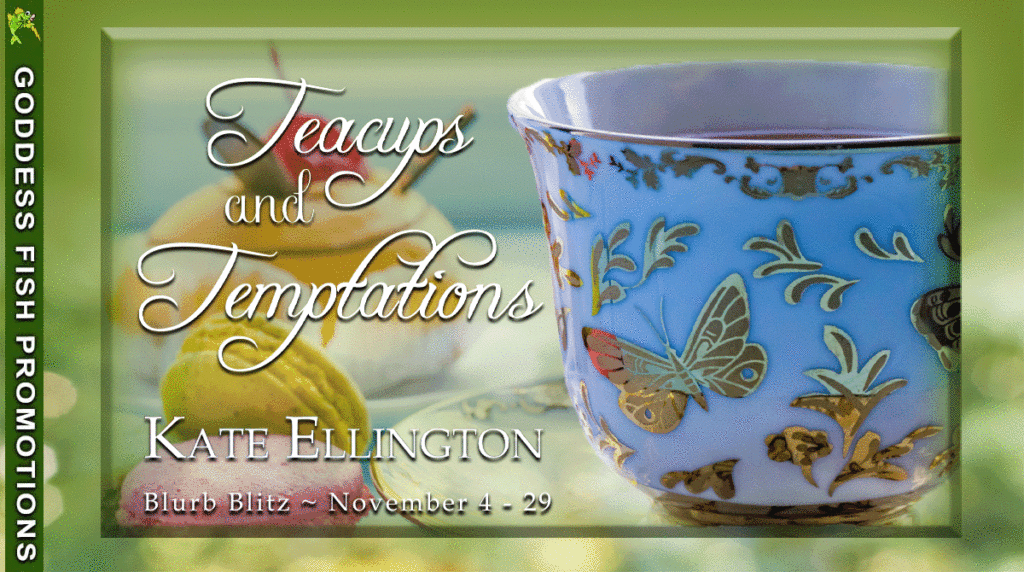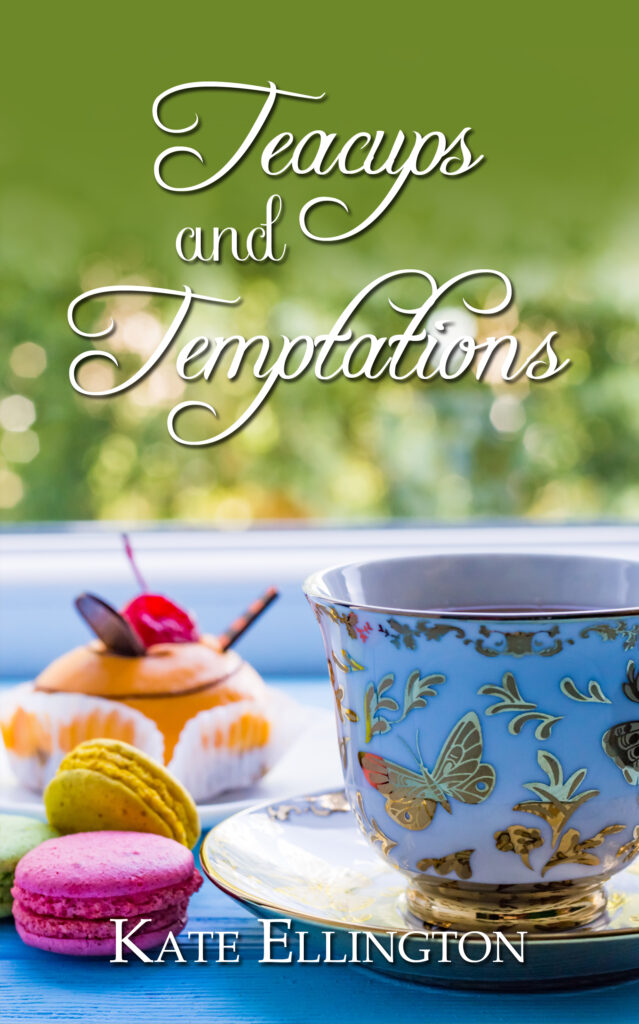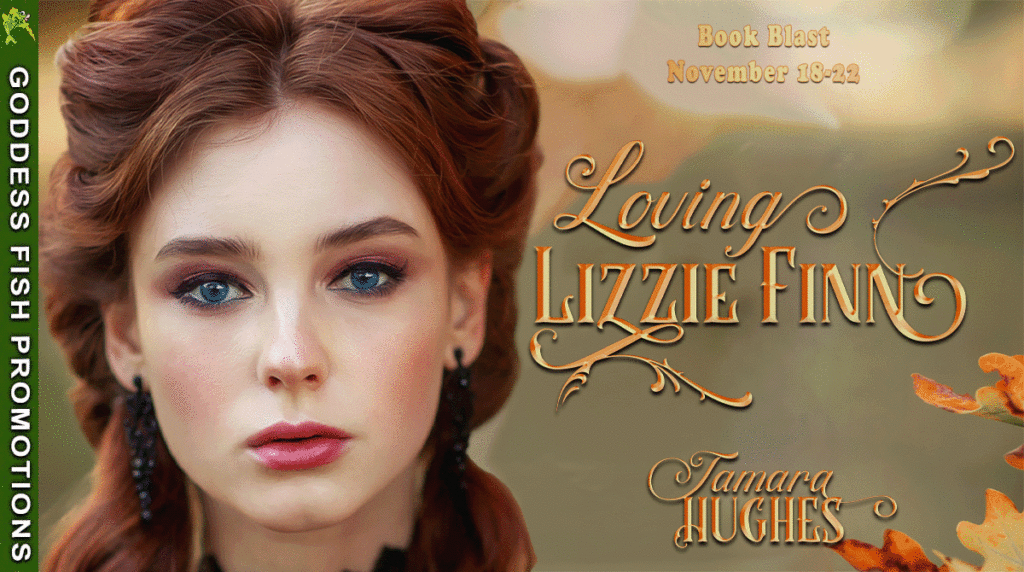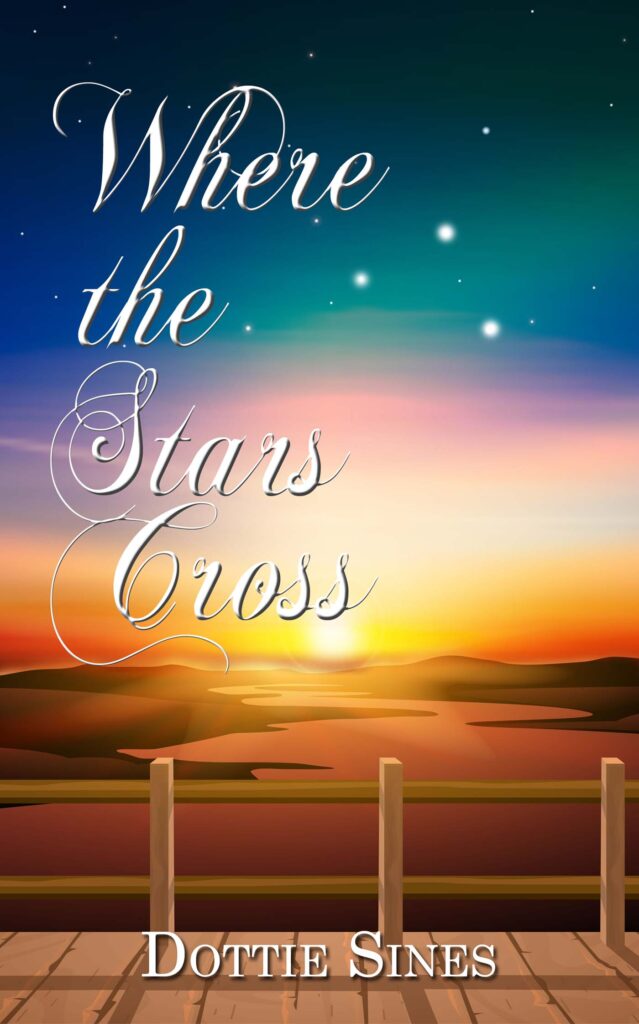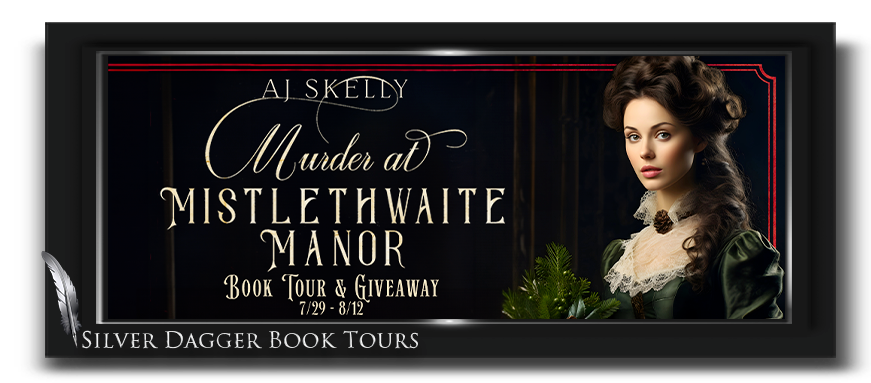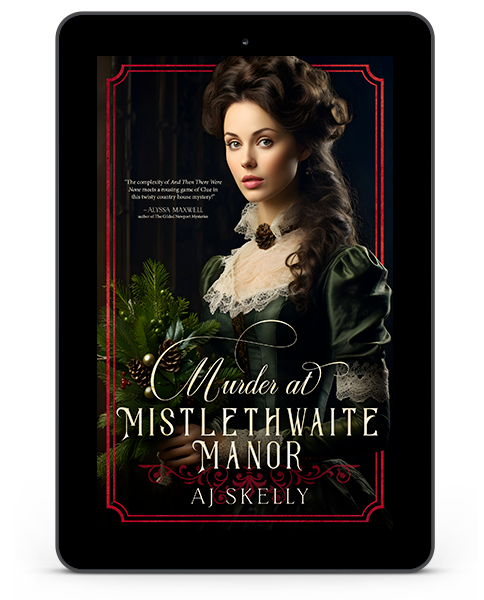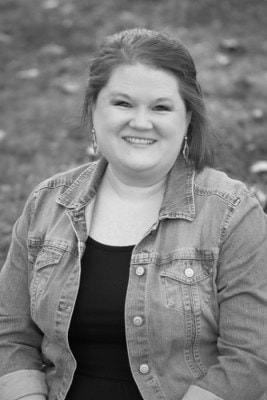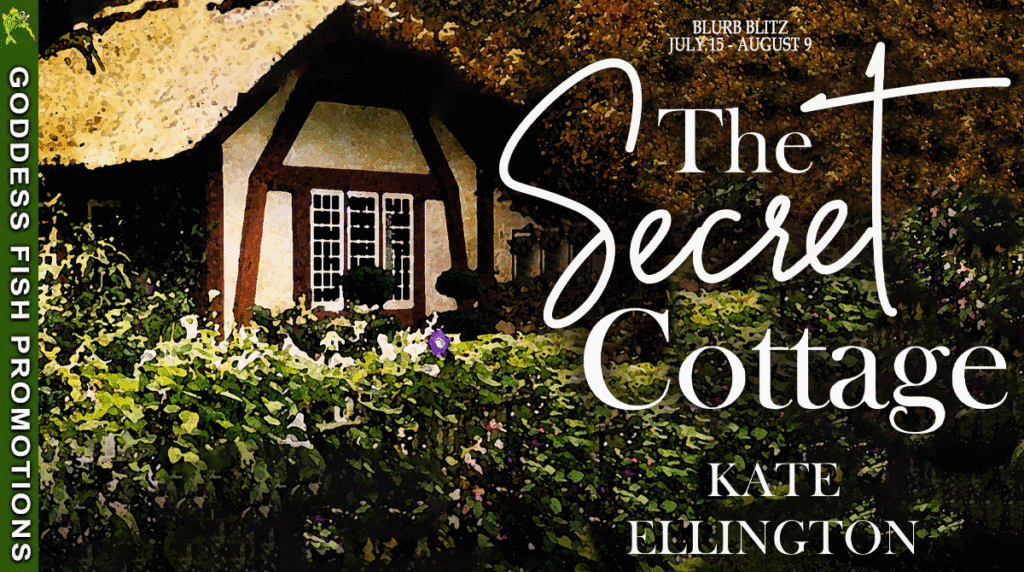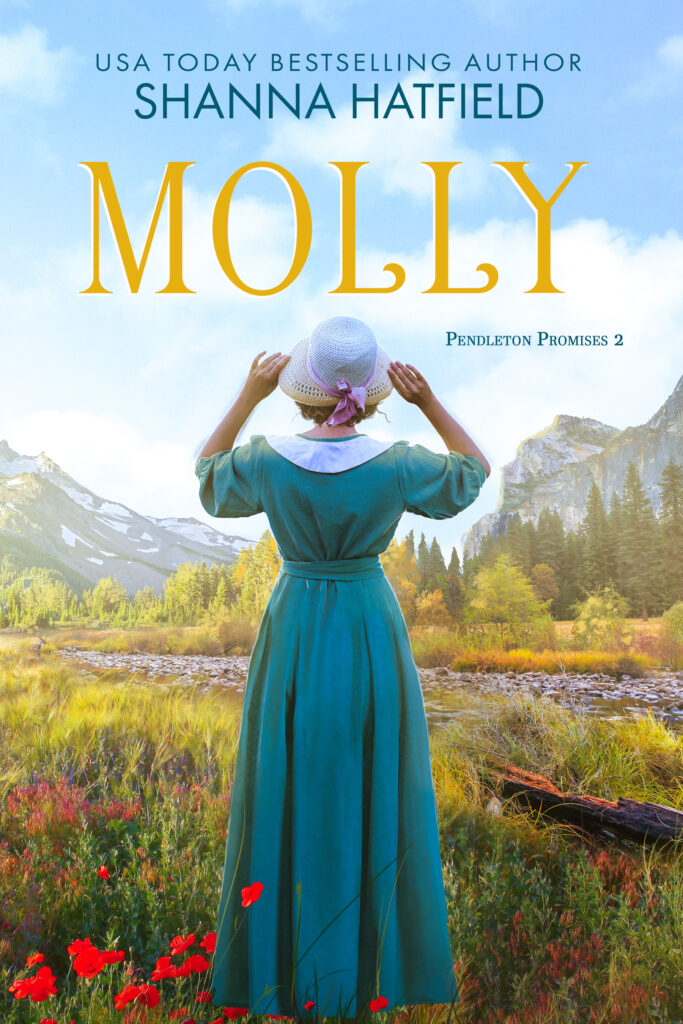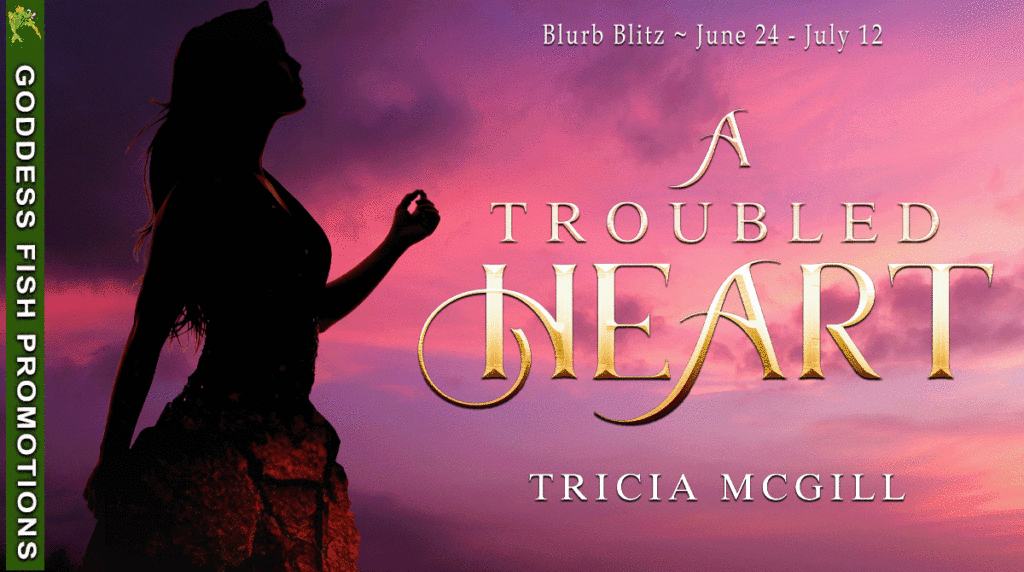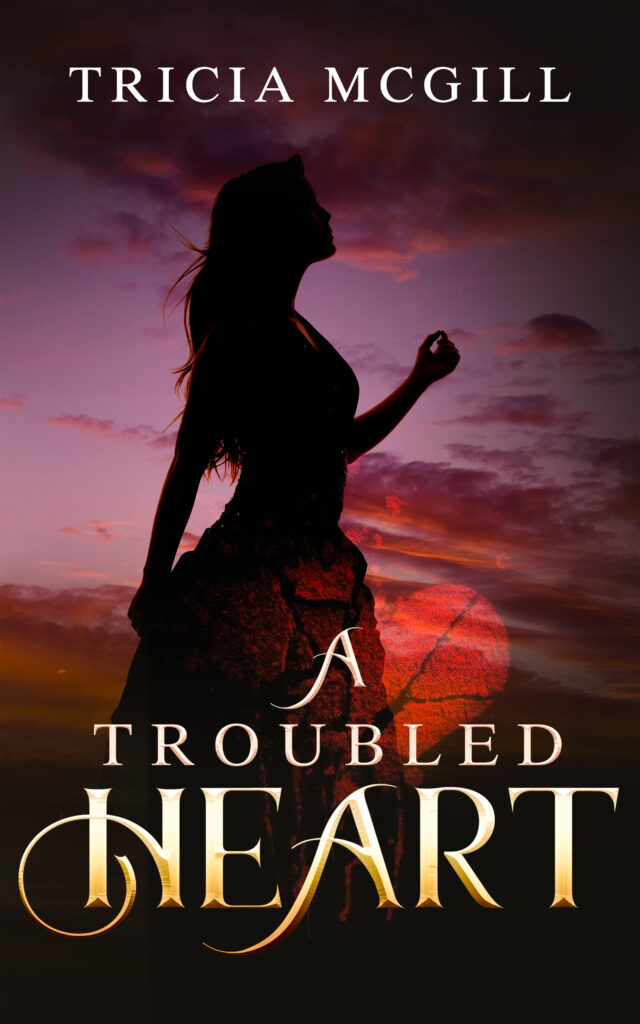1925. His dream is to build a horse ranch in the Poconos.
Her dream is him.
God’s plan is bigger than them both.

Vadom’s Journey
The Heart’s Journey Series Book 2
By Sara J. Walker
Genre: Sweet Historical Romance

This is a sweet,
Christian Historical Romance set in the same world as my characters in The
Grumpy Guardian’s Redemption.
1925. His dream is to build a horse ranch in the Poconos. Her dream is
him. God’s plan is bigger than them both.
Pennsylvania, 1925
Vadom Stancher travels to the Poconos with only his extraordinary gift for
working with horses and a dream of owning his own ranch. He finds his
chance—and his heart finds the daughter of a wealthy rancher. But when tragedy
strikes, his grief leads him down a path of poor choices that will echo through
years to come.
Amanda Devoe, the preacher’s daughter, sees past Vadom’s wounded spirit. One
night of comfort becomes a secret she’ll carry alone to Georgia, where she
builds a new life as a schoolteacher. But some secrets can’t stay hidden
forever.
With God’s guidance, can two hearts find their way back to each other? Or will
the past keep them forever apart?
Vadom’s Journey is a tale of second chances and the healing power of God’s
perfect timing—perfect for readers who enjoy historical romance with themes of
faith and forgiveness.
Amazon * Apple * B&N
* Kobo * Smashwords * Books2Read * Bookbub
* Goodreads
.

.
“What’s going on?”
“It’s Lightning,” Shorty said, shifting so Vadom could see inside the stall. “This is her first foal, and it don’t look good. Walker isn’t happy.”
Donnel raised his voice. “Do you want me to ride for the veterinarian? I hear tell they have one in Sommerville.”
Walker shook his head. “That’s twenty-five miles away. This will be over before you get back. One way or another.”
The mare groaned in agony and tried to wallow in the straw, but Petey lay across her neck, holding her on her side. Walker had discarded his jacket and had his shirt sleeves rolled up.
Lightning moaned and thrashed.
Vadom’s heart clenched in sympathy for the mare. “Mr. Walker,” he said softly.
“Don’t bother me unless you can help,” Walker snapped.
“I can.”
Five sets of eyes turned to stare at him.
Walker pointed at Vadom. “Tell me what you can do.”
Vadom swallowed hard. He didn’t want to expose his talent, because he couldn’t explain what he could do with horses. He could be labeled a heathen. “My father was a horse master on the estate we served in London. He taught me a great deal, and I helped with many foalings.”
“We should get the boy’s father,” Petey said from where he crouched over the mare.
“No time.” Walker motioned for Vadom to enter the stall. “Her name is Lightning. I would choose her over the foal if it comes to that.”
“Shorty said it’s her first?” Vadom asked as he assessed the situation.
“Yes. By Duke, my Palomino stallion.”
“I haven’t met Duke,” Vadom said, not realizing that sounded odd.
The mare groaned, and he felt her pain to his bones. “You poor girl,” he murmured, pressing his hands to her cheeks as he attempted to quell her panic and help her find calm. The pain was another issue.
“What do you need?” Mr. Walker asked.
Vadom never took his eyes away from the mare’s wide gaze. “Does your wife have any willow bark? It would be good to dull the pain.”
“She does. I’ll get it.” Walker rushed from the barn to retrieve the painkiller.
“Shorty, will you do something for me?” Vadom asked.
“Sure thing.”
“Boil some water for the willow bark and steep a small amount. Put a generous amount of sugar in the water and bring it to me. She’ll take it better if sweetened, and she could use the energy,” Vadom instructed. “Petey, I need you to move to the other side and lean forward on her neck so I can reach her belly.”
“Why do you need to do that?” Donnel asked.
Vadom finally felt he had a connection with the mare and could look away from her eyes. He glanced at Donnel. “I will palpitate her side to see how the foal is positioned. I’ll show you.” Lightning was still in terrible pain but breathing easier. The willow bark would help if he could get her to take some of it.
Petey shifted above her, keeping pressure on her neck so she wouldn’t stand, and Vadom ran his hands over her belly, maintaining a steady stream of low whispers all the while, making sure she could hear him.
“She wants to stand,” Petey said, “but the pains were so bad her knees gave out the last time. She don’t need to be fallin’.”
Vadom nodded as he pressed on her belly with gentle fingers. The life inside was … two. “Twins,” he said aloud.
“Now, how would you know that?” Jacob asked, his voice thick with skepticism.
Vadom thought fast. “Hooves,” he quickly offered. He couldn’t tell them he knew any other way. “I feel more than four hooves.”
.

The Grumpy Guardian’s Redemption
The Heart’s Journey Book 1

The Grumpy
Guardian’s Redemption,
a sweet, historical Christian romance
This is a heartwarming Christian tale of redemption and love that touches the
souls of two lonely people in the mountains of 1920s Tennessee.
Set in the mountains of Tennessee in 1925, Liam McCord treasures his solitary
existence until a chance encounter disrupts his peace. When he discovers a
battered young woman near his cabin, he’s compelled to shelter her until help
arrives. As a solitary fifty-two-year-old man, he can’t care for her alone, so
he enlists the help of a local spinster.
Enter Millie Norton, a resilient woman with a heart untouched by love. She can
see beyond the surface and realizes the patient in the house is not the only
person needing care. Together, Liam and Millie embark on a journey of shared
challenges as they care for the woman and work a change in their community.
Somewhere along the way, the English recluse and the mountain spinster forge an
unexpected bond of love.
This heartwarming Christian story of redemption, healing, and the
transformative power of love will leave you feeling uplifted and inspired.
Amazon * Apple
* B&N
* Kobo
* Smashwords * Books2Read * Bookbub
* Goodreads
.

.
Liam walked home from the general store with only a few pieces of peppermint in his pocket. He hoped to sweeten Millie up a little with the candy.
When he got back to the house, he decided to draw up some of his plans to show Sheriff Smith. At the table, he spent the next few hours outlining everything he had in mind: the school building, housing for a teacher, school supplies, how to approach the people so as not to offend them, along with separate lists for each heading. By the time he finished his notes, he had a terrible headache.
“Millie,” he called.
“Yes?” She stuck her head out from the kitchen.
“Do you know what I should take to get rid of a headache?”
“You shouldn’t be working so hard with that pen. You aren’t accustomed to labor, so you must be exhausted,” she said, her scolding ruined by a teasing grin. “Let me get you some tea and a wedge of sweet cake. That will be just the thing.”
He chuckled, thinking he’d planned to sweeten her with peppermint, and she seemed to have the same idea. “Are you bribing me with sweets?”
She smirked and disappeared into the kitchen.
He checked the time on his pocket watch. Scooter should be returning soon.
Millie reappeared with a tray and deposited it on the table at his elbow. “There you go.”
He looked from her to the tray. “Tell me the truth. Will this help my headache?”
“Eat the cake, drink your tea, and get some rest in your chair. Take a little nap, so I can have some peace in the house.” Her tone was chiding, but she gently brushed some lint off his shoulder as she spoke. He enjoyed the contradiction. She fascinated him.
.

.
I’m here today with Sara J. Walker. Can you tell us a little about yourself?
My name is Sara J. Walker, and I’ve been a First Coast Romance Writers (FCRW) member for eight years. It took me seven years to learn how to write Romance stories and publish my first books, “The Grumpy Guardian’s Redemption” and “Scooter’s Heart.” I’m also published in seven FCRW Anthologies. My background is in Journalism, writing for newspapers and magazines. Before joining FCRW and enrolling in workshops and conventions like the one the Georgia Romance Writers put on in Atlanta, I had no idea how much I didn’t know about novel writing.
The monthly meetings with FCRW are educational, but working with the yearly anthology projects has taught me the basics of publishing a book. The members of our group encouraged and patiently helped me grow into becoming an author. I am grateful for their friendship and don’t believe I would be published today without them.
What kind of books do you write?
Most of my books are Sweet Christian Historical Romance. I also have a few anthology stories that are sweet contemporary. The stories I write come from my life’s journey. As a child, I idolized my father, Jeofry Jones, who the whole family called Papa. He loved the outdoors and spent a great deal of time studying the past and walking in the footsteps of Native Americans to learn how they lived. He spent several weeks living off the land in the Okefenokee Swamp and loved to tell stories about the snakes and alligators that ‘almost’ got him. Papa was a Boy Scout leader, and even though I was a girl, he let me tag along on some of the adventures when I was small. Papa also kept a small herd of eight or more horses just for pleasure riding.
My mother grew up in the depression, and she stressed the importance of education and faith in God. She also never threw any food away. Although my older sister, Linda Lou, was my idol, I might have been a thorn in her side growing up. We were close in recent years. Our little brother was Papa’s sidekick until he joined the Marines right out of High School. He was a great friend and treasured brother.
Why do you write historical romance?
I credit my mother with inspiring me to look to the past. She was native to the mountains of Tennessee, and every year, the whole family packed up and went on a relative tour near the homeplace in Pigeon Forge. She took us deep into the mountains, and we saw the struggles faced by those people we encountered. We traveled the winding roads to visit relatives whose lives had been affected by hard times. These trips gave me insight into how blessed I was. God had chosen my family, and I didn’t have those same struggles to survive.
Where did you get your education?
The University of Georgia. Go Dawgs!
Attending the University of Georgia was an eye-opener for this small-town girl. I had been a big fish in a small town and was now a tiny guppy on the vast campus in Athens, GA. I joined Alpha Chi Omega Sorority, which helped me adjust to being away from home. In my junior year of college, I discovered the School of Journalism and knew I’d found my calling. I was one of the first women’s editors for the Red and Black Newspaper while in school, and after graduation, I was hired to be the Woman’s Editor for The Macon News. A year later, I met my husband, Ray Walker, a local banker, and we’ve been married for over sixty years.
Why wait all this time to start writing?
I didn’t wait, actually. I’ve been writing since grade school; I just had no idea how to publish anything. Also, I put my writing goals aside to raise a family and ended up with various office manager jobs.
I’m eighty-four years old and fulfilling my dream of being an author. I have stories to tell and love to hear from readers who enjoy my writing and offer suggestions for individual characters. I have three books planned for next year—two are completed and need editing, and the third will combine all my short stories from the anthologies I’m published in.
My daughter, Leah Miles, is my champion for writing. We joined FCRW when her youngest child went to college to give us a challenge in life. She excels at writing, editing, and correcting mistakes like timelines, descriptions, etc. I wouldn’t be writing if she wasn’t here to encourage me. She writes Romantic Suspense using a lot of Navy SEALS. I thank God for her.
God has blessed me all through my life. I know He’s laughing at this older, small-town girl with big ideas and goals.
.


Longtime
puppeteer and dramatic story teller, Sara loves both the spoken and the written
word. She has two grown children and resides with their husband of 57 years in
a small Georgia town.
Website * Facebook * Bookbub
* Amazon
* Goodreads

Follow the tour HERE for special content and a giveaway!
.
.

.
~~~~~
Thanks so much for visiting fuonlyknew and Good Luck!
For a list of my reviews go HERE.
For a list of free eBooks updated daily go HERE
To see all of my giveaways go HERE.

























